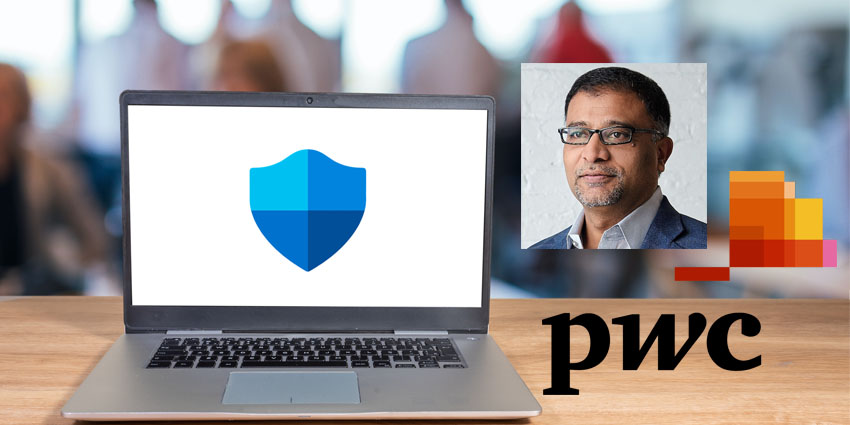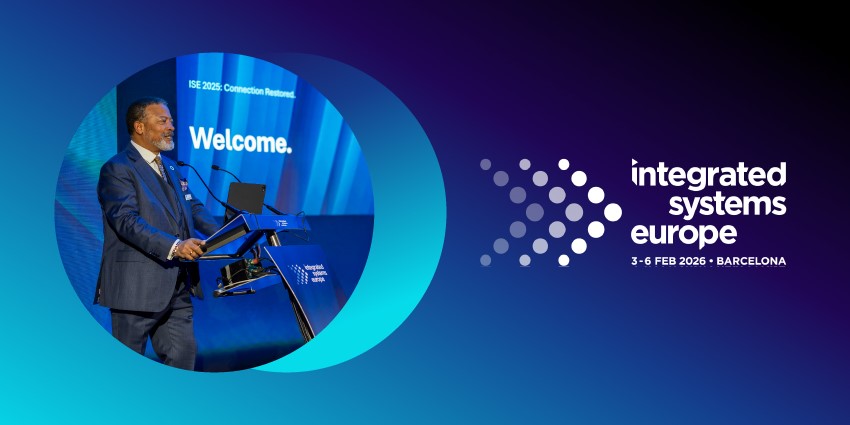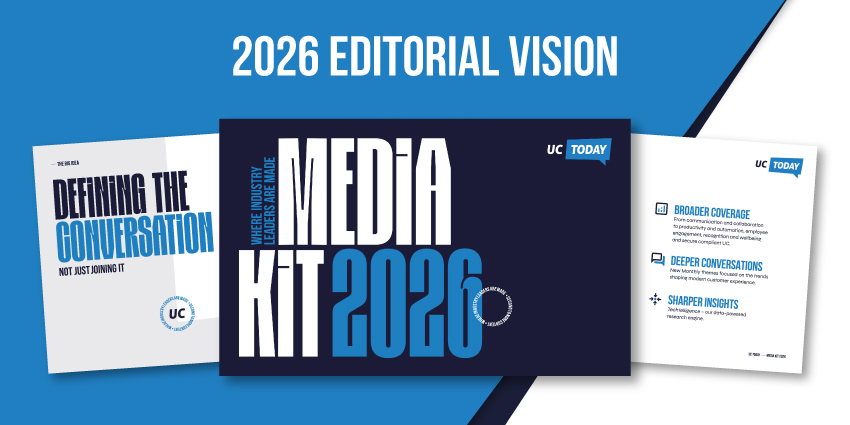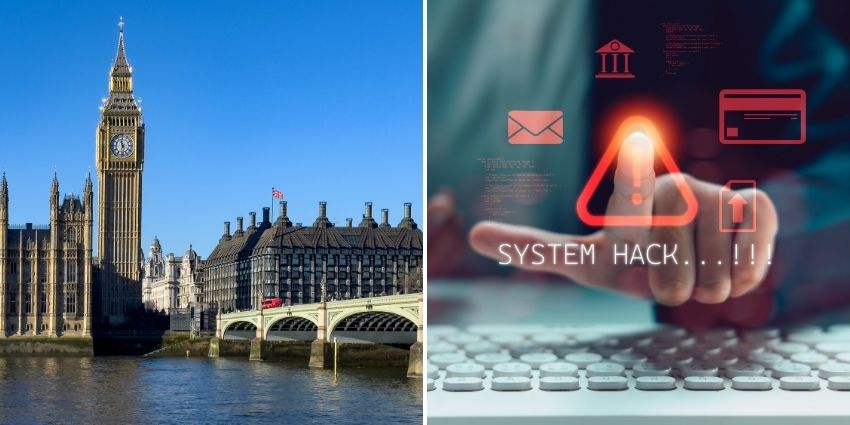Public sector costs of running ageing communication systems can be an enormous burden on taxpayers – meaning modernization is a huge opportunity for all concerned.
Nations, regions, states, counties: all must respond to the ever-evolving communication challenges and demands of citizens they serve. In a cloud-powered omnichannel world, that means offering the ability to interact via voice, email, SMS, chat, video, third party messaging platforms, and even social media.
Gigantic and expensive on-premise PBX telephony networks are outdated and increasingly unable to provide the kind of slick, reliable, and cost-efficient user experience that we all now crave.
Digitization changes everything for everyone: positively transforming not only the way in which public sector organizations deliver and fund their communication functionality, but also the quality of the interactions that it enables.
All those organizations (and their IT service providers) must do is pick a vendor with the solutions and the expertise to make it happen.
“The public sector’s main pain points are the same as most large enterprises – the staffing and maintenance expense involved in running a legacy PBX network , and the need to keep pace with the smart ways in which the world now communicates,” says JD Gipson, Vice President of Sales at leading global digital workplace enabler AudioCodes.
“Many organizations’ old PBXs are at or nearing end of life and are no longer supported by the original vendor, so the organizations must keep them running themselves. Move to the cloud and deploy a modern, feature-rich, unified communications solution such as Microsoft Teams, Cisco Webex or Zoom , and everything changes for the better. Powerful, reliable, and secure omnichannel communication or full-blown contact center functionality is instantly available, and the management of it all can be seamlessly outsourced on a highly-agile, pay-as-you-use, monthly OpEX basis.”
In the case of AudioCodes, they are able to provide a comprehensive, end-to-end transition from the old to the new, as well as a full-wrap, 24/7 management service that can cover not just calling and meeting room collaboration, but also AI-first contact center, compliance recording and conversational AI analytics to fully modernize all aspects of government and citizen engagement.
“In the case of a transition to Microsoft Teams or Zoom for example, we oversee the entire process,” says Gipson. “We transition organizations’ legacy PBXs, we port numbers across regardless of whether that is from an existing provider or a new one, and we deliver comprehensive training for all users.”
Indeed, adoption is key. To make things easier, organizations can transition gradually in order to minimize disruption.
“You can evolve at a pace that suits you,” says Gipson. “You can run your legacy PBX and deploy a Teams or Zoom solution simultaneously, for example. Users are then able to get used to new equipment and new ways of doing things gradually. We can manage and operate the whole process.”
There are other compelling reasons, apart from cost, for public sector organizations to modernize too. In the US, around 20 million people – 15% of the population – work for government or state agencies of one kind or another and the trend today is for more and more to work remotely for at least some of the time.
“Many businesses now operate in a hybrid working way; requiring employees to be in the office two or three days a week and allowing them to work from home for the other days. The public sector must follow suit in order to recruit and retain staff. Deploying digital unified communication systems that enable that kind of mobility is therefore hugely important.
“In the case of AudioCodes, we have a global presence and a huge knowledge base.. We have been enabling and enhancing communications for over 30 years and have deep expertise in ecosystems such as Microsoft.
We are easy to partner with because we have grown up from being a provider of microchips all the way to providing complete managed service solutions that leverage the best in unified communications, contact center and AI technologies.”
For the public sector – where outsourced specialist expertise and return on investment are both so key – that sounds like a very safe pair of hands in which to place its ongoing technological evolution.
To learn more about how AudioCodes can help your and your customers’ businesses and organizations leverage the power of modern communication systems, visit the website.







